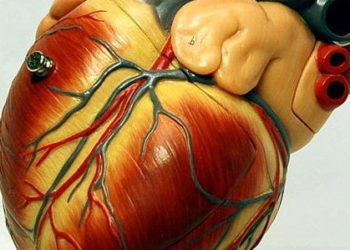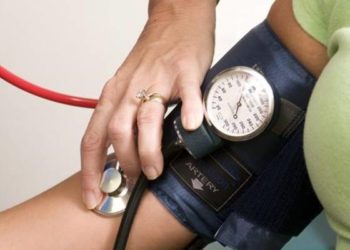Regional wall thinning in CAD may be reversible
[tabs tab1=”2MM Rundown” tab2= “2MM Full Report”]
[tab]
Image: PD
1. Myocardial wall thinning is an unreliable predictor of scar burden in patients with coronary artery disease (CAD).
2. Commonly used clinical characteristics are not useful in predicting whether thinned regions have significant scar tissue.
Previous studies have perpetuated the viewpoint that regional wall thinning on conventional imaging is synonymous with permanent scar tissue. This is significant, as clinical algorithms currently preclude viability testing or revascularization for these patients as permanent scar tissue burden is assumed. Published today, this study challenges long-standing assumptions regarding the surrogate marker of wall thinning as a proxy for irreversible disease burden. Eighteen percent of the study cohort with regional wall thinning on conventional imaging actually had limited or no scarring on advanced cardiac MRI. Clinical patient characteristics were largely quite variable among patients with both high and low amounts of scar burden. Hence, this study suggests a new insight into pathophysiology of heart disease such that some thinned myocardium may not necessarily represent scar tissue. Although further study is warranted, the study raises the broader issue that caution is warranted in many assumptions of everyday clinical practice that have not yet been supported with evidence-based medicine.
Click to read the study, published today in JAMA
[/tab]
[tab]
Image: PD
1. Myocardial wall thinning is an unreliable predictor of scar burden in patients with CAD.
2. Commonly used clinical characteristics are not useful in predicting whether thinned regions have significant scar tissue.
This [prospective, cohort] study: The study screened 1055 patients and 201 (19%) were found to have myocardial wall thinning. The mean scar burden within the thinned region measured using cardiac MRI was 72%, however it was highly variable for each level of thinning. Patient characteristics such as LVEF and fraction of Q-waves were also similar between groups with high and low scar burden. There was better contractile improvement in patients with lower scar burden after revascularization.
In sum: Previous studies have perpetuated the viewpoint that regional wall thinning on conventional imaging is synonymous with permanent scar tissue. This is significant, as clinical algorithms currently preclude viability testing or revascularization for these patients as permanent scar tissue burden is assumed. This study challenges long-standing assumptions regarding the surrogate marker of wall thinning as a proxy for irreversible disease burden. Eighteen percent of the study cohort with regional wall thinning on conventional imaging actually had limited or no scarring on advanced cardiac MRI. Clinical patient characteristics were largely quite variable among patients with both high and low amounts of scar burden. Hence, this study suggests a new insight into pathophysiology of heart disease such that some thinned myocardium may not necessarily represent scar tissue. Although further study is warranted, the study raises the broader issue that caution is warranted in many assumptions of everyday clinical practice that have not yet been supported with evidence-based medicine.
Click to read the study, published today in JAMA
By Mike Hoaglin and Rif Rahman
More from this author: Corticosteroid injections for tennis elbow associated with poorer recovery versus placebo, Glucose but not fructose reduces cerebral blood flow in appetite and reward centers of brain, Sustained etanercept with methotrexate is effective for achieving low disease activity in moderate rheumatoid arthritis patients
© 2013 2minutemedicine.com. All rights reserved. No works may be reproduced without written consent from 2minutemedicine.com. Disclaimer: We present factual information directly from peer reviewed medical journals. No post should be construed as medical advice and is not intended as such by the authors or by 2minutemedicine.com. PLEASE SEE A HEALTHCARE PROVIDER IN YOUR AREA IF YOU SEEK MEDICAL ADVICE OF ANY SORT. Content is produced in accordance with fair use copyrights solely and strictly for the purpose of teaching, news and criticism. No benefit, monetary or otherwise, is realized by any participants or the owner of this domain.
[/tab]
[/tabs]






![Childhood ADHD associated with increased risk of suicide [Physician Comment]](https://www.2minutemedicine.com/wp-content/uploads/2013/03/PET-image1-e1377449984183-75x75.jpg)

